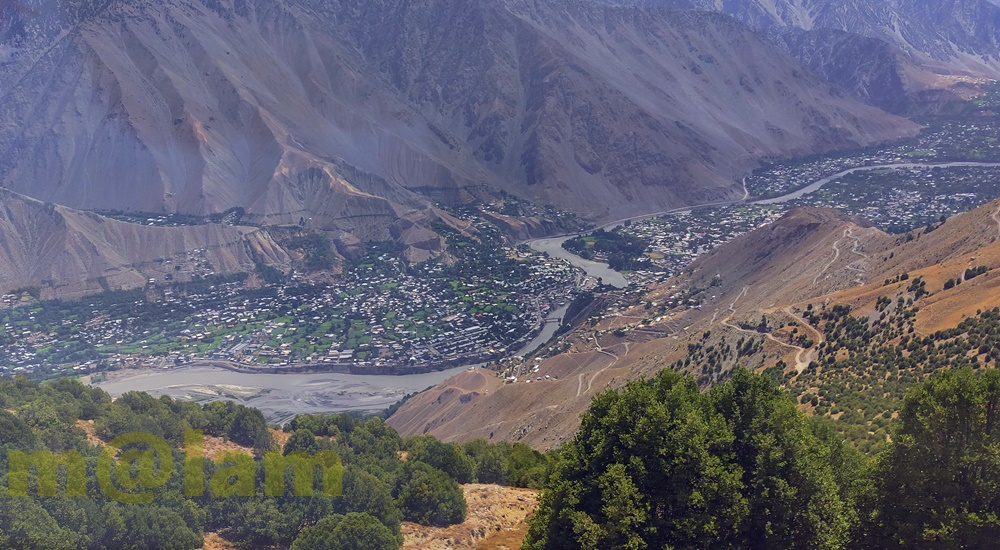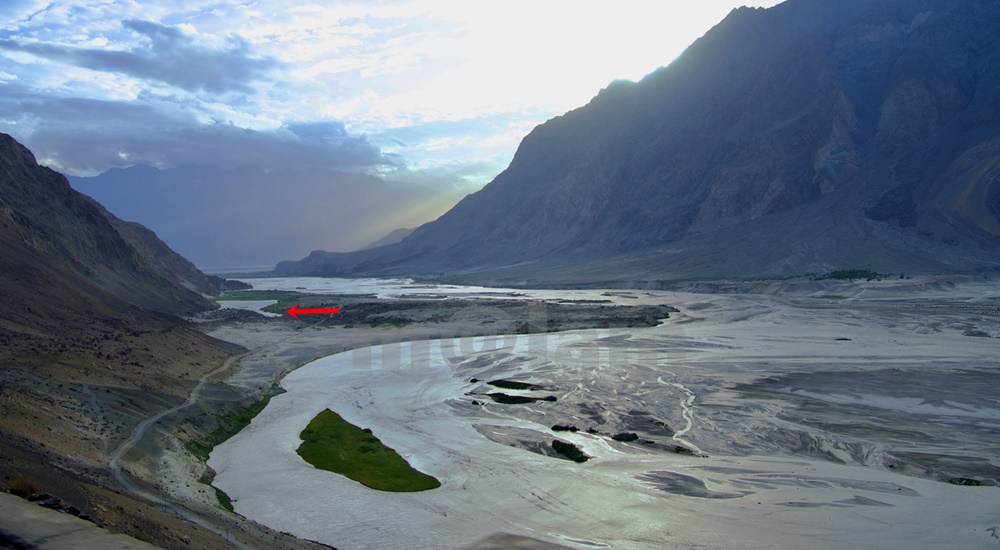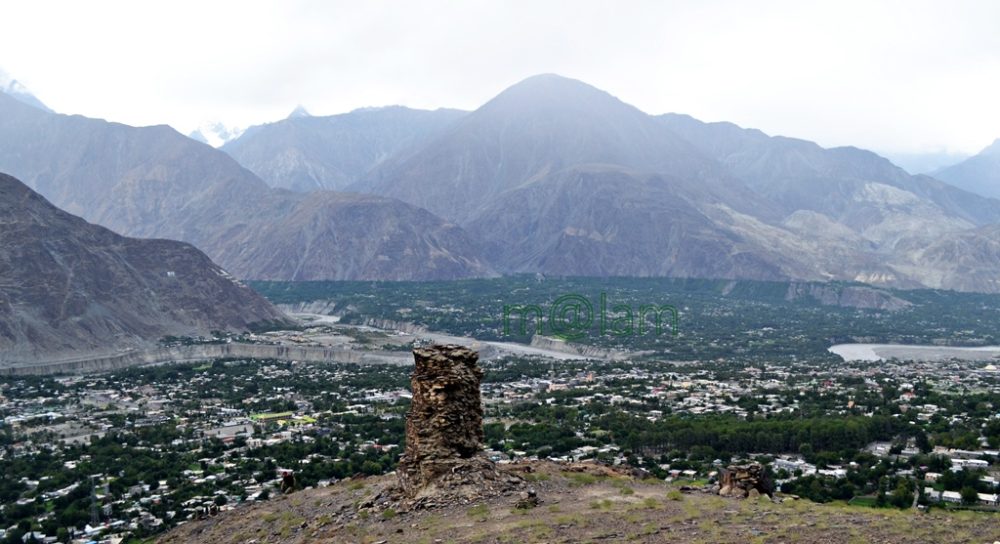Exploring the Enchanting Gilgit Tourist Attractions: A Journey Through Time and Beauty
Gilgit Tourist Attractions: Unveiling the Treasures Within
The Gilgit Tourist Attractions comprise key places of interest with cultural and historical backgrounds or adventurous in nature that visitors consider to experience with a keen interest. Gilgit is a mesmerizing gem nestled amidst the grandeur of majestic mountains. It undoubtedly holds within its heart an array of remarkable landmarks that encapsulate the very essence of history, bravery, and culture. In this captivating voyage, we delve into the core of Gilgit, unveiling its concealed treasures that stand as enduring testaments to the human spirit and legacy.
Gilgit Town: A Glimpse into the Past and Present
Gilgit Town, the enchanting administrative capital of Gilgit-Baltistan, stands as a living testament to a rich history that traces its origins back to the ancient Silk Route. Perched at an elevation of 1,500 meters (4,900 feet) above sea level, this charming town rests in close proximity to the merging point of the Gilgit River and the Hunza River. With its historical significance intertwined with breathtaking natural splendor, Gilgit certainly emerges as an irresistible haven for explorers in search of a distinctive and enthralling escapade. In fact,the Gilgit Tourist Attractions are mostly located within the town of Gilgit.
The Magnificence of Gilgit’s Historical Heritage
Drenched in historical significance and adorned with natural marvels, Gilgit unveils extraordinary stopovers for wanderers dreaming of immersing themselves in its opulent heritage and awe-inspiring landscapes. With a spectrum of places to visit, Gilgit Tourist Attractions leave an unforgettable imprint on travelers. Gilgit undoubtedly stands as an alluring sanctuary that captures the essence of exploration and discovery. Let us embark on a journey to unravel some of the premier Gilgit Tourist Attractions that have forever etched their mark on the tapestry of travel.
The Victory Monument of Taj Mughal: Echoes of Achievement

The 700-year-old Victory Monument of Taj Mughal stands as a commemorative tower with a guarding view of Gilgit town. It measures an impressive 21 feet and 10 inches in height and 14 feet and 4 inches in width. The monument is located on a mountain slope in Gilgit town with breathtaking views of Gilgit and its surroundings. Basically, it was named after Taj-ud-Din Mughal, an Ismaili ruler from Badakhshan, who arrived in Gilgit-Baltistan during the 13th century AD. Therefore, the monument was erected by his soldiers to celebrate his victorious feats. To witness the breathtaking views of Gilgit city, visitors can access the monument on foot from Jutial, near the Serena Hotel.
Uprising Memorial Gilgit: A Chronicle of Courage

The Uprising Memorial serves as the final resting place of the local heroes of Gilgit who courageously rose against the Maharaja in 1947. The heroic acts of Mohammed Babar Khan and Safiullah Beg of the Gilgit Scouts, and Mirza Hassan Khan of the Kashmir Infantry eventually emancipated Gilgit-Baltistan through a rebellion that led to the arrest of Governor Ghansara Singh on Nov 01, from the Maharaja of Kashmir.
Karga Buddha: Carved in Stone, Shrouded in Mystery

The legendary Kargah Buddha is a 7th-century Buddha figure carved deep into the solid rock. The three-meter (ten-foot) high imposing Buddha sculpture is located in Kargah Nullah (ravine) about 10km south of Gilgit town in Gilgit-Baltistan, Pakistan. In fact, Karga Buddha was discovered along with ruins of a Buddhist monastery and three stupas about 400 meters upriver from the Buddha itself in 1938-39 following the discovery of so-called Gilgit manuscripts in 1931. Generally, Karga Buddha is considered a key tourist attraction in Gilgit and is famous worldwide.
Henzal Stupa: A Gateway to Buddhist Legacy
Henzal Stupa, a ruin from the Golden Era of Buddhism in Upper Indus during the 7th to 9th century, calls for preservation to uphold its historical significance for tourists and future generations. The Stupa is located in Henzal, right on the Gilgit-Puniyal road.
Agortham Boulder: A Tale of Intrigue and Conspiracy

The Agortham Boulder, known locally as “Agortham Giri,” is a massive rock located in the middle of the Gilgit River, just under a suspension bridge. Found in the Amphery area, south of Gilgit city, this Boulder carries a traditional history stating that it was once tied to an iron cage where Agor Tham (locally known as Shri Badat) imprisoned his daughter for conspiring against him. In fact, the daughter had secretly married Azur Jamshed, another man aiming to overthrow her father.
Konodas Rock Carvings: Echoes of Civilization’s Footprints

The Rock Carvings at Konodas, situated within the premises of Karakoram International University near the Bireno Pul (Danyore Suspension Bridge) in Gilgit, hold a historical significance. Named as Konodas Archeological Site, these rock carvings explicitly feature Totemistic and religious symbols, with some carvings believed to be the work of hunters, particularly Ibex shapes.
Danyore Suspension Bridge: Weaving Communities, Bridging Hearts

The Danyore Suspension Bridge, also known as Bireno Pul, connects Konodas to Danyore, making it a vital historical structure. The 510-foot-long bridge, in fact, one of the oldest suspension bridges in Gilgit-Baltistan, serves as a significant tourist attraction in Gilgit and is dedicated exclusively to pedestrians and motorcyclists, offering a unique travel experience.
Danyore Rock Inscription: Living Chronicle

The Danyore Rock Inscriptions, with a history dating back to the 7th and 8th centuries A.D., particularly represent an essential archaeological discovery. The inscribed rock is significantly located within the premises of a private house in Danyore, Gilgit-Baltistan, and is locally known as “Likhitu Giri.” Despite being relatively unknown, it certainly holds immense historical value for those related to archaeology and tourism.
Chinese Graveyard Danyore: A Tranquil Resting Place

The Chinese graveyard, also known as the Memorial Park or China Yadgar, is located in Danyore. The town of Danyore is located on the KKH about 10km across Gilgit. The graveyard basically serves as the final resting place for Chinese engineers and workers. In fact, the Chinese brave workers who sacrificed their lives during the construction of the renowned Karakoram Highway (KKH) in the 1960s and 1970s are buried here. This cemetery significantly stands as a testament to the sacrifices made during the development of this monumental highway.
British Cemetery or Graveyard: Honoring a Legacy

The Old British Cemetery, also called Gora Qabristan in the local Shina language, carries historical significance dating back to 1870. It was, in fact, established after the murder of British explorer George W. Hayward in Yasin, who was laid to rest in Gilgit. The graveyard contains 18 graves of foreigners. Notable graves include George W. Hayward, Maj. Arthur Francis, and Lt. Henry Gordon Bell. Moreover, other graves are of various tourists and travelers who died during their stay in the region before the dissolution of the Gilgit agency. Over the years, the cemetery underwent several name changes. The graveyard was renovated in 2002 by the Pakistani government, and sponsored by the United Kingdom.
Gohar Aman’s Tower: A Towering Legacy of Bravery
In the playground of the Army Public School (Hayat Shaheed), behind the famous NLI market, stands a crumbling adobe tower known as Gohar Aman’s Tower. Built in the 1850s, it is all that remains of a fort constructed by Gohar Aman. Although not much to see, the tower is associated with the name of this historical figure. Access to the attraction, however, requires permission from the school principal.
Konodas Suspension Bridge: Linking Past and Present

The Konodas Suspension Bridge is, in fact, a prominent tourist attraction in Gilgit. It connects the Old Gari Bagh Bazar of Gilgit with Konodas. The Konodas Suspension Bridge showcases the heritage of the colonial era. The bridge was built during the rule of the Maharaja of Kashmir before the region’s accession to Pakistan. This colonial-era bridge holds significance as a historical structure.
Biddulph House & Library: Where Time Embraces Knowledge

During the British Indian government, an administrative agent was sent to Gilgit to serve as the station in charge. For his accommodation arrangements, a house was built which was named Buddliph House. It was a station library constructed for the study purpose of British officers. However, it was transformed into the Municipal Library in the 1970s. The Municipal library has currently been renovated with the help of the GB Government and Aga Khan Trust for Culture Pakistan and upgraded as an Exhibition and Research Center. It showcases significant photographs of the region’s historical buildings, places, and famous personalities from various fields from the colonial era and for the use of researchers and writers.
Gilgit River: Serenity Amidst Majestic Majesty
The tranquil Gilgit River winds its way through the heart of the landscape. The riverside offers a serene escape amidst the grandeur of the mountains. Its crystal-clear waters mirror the beauty that surrounds it, inviting contemplation and solace. As the river meanders through Gilgit’s embrace, it weaves a narrative of serenity and timeless allure.
Rafting Gilgit River: Rafting Through Time
Flowing through the heart of the city, the Gilgit River offers a thrilling avenue for adventure enthusiasts to navigate its frothy waters. Brace yourself for an exhilarating rafting experience as you ride the rapids, surrounded by Gilgit’s breathtaking panoramas. As the river winds its way through the landscape, it provides a unique perspective of the region’s beauty and vitality.
Gilgit Central Market: Where Heritage and Flavors Converge
At the bustling heart of Gilgit, the Central Market stands as a melting pot of heritage and flavors. A sensory delight, the market offers an array of local treasures and imported goods. From handicrafts that tell stories of generations to culinary delights that tantalize the taste buds, you find them all. The Central Market is a living testament to the vitality of Gilgit’s culture.
KIU City View Point: Captivating Vistas of Gilgit’s Grandeur
The KIU City View Point offers captivating panoramas that showcase Gilgit’s grandeur in all its splendor. As the eyes wander over the majestic landscape, one is humbled by the awe-inspiring beauty that stretches before them. This viewpoint serves as a reminder that nature’s artistry is the true masterpiece.
Barmas Water Channel Cycling Track: Pedaling Through Natural Beauty
For adventure enthusiasts, the Barmas Water Channel Cycling Track surely presents an opportunity to pedal through nature’s pristine beauty. As cyclists navigate the water channel trail, they are immersed in the scenic wonders that Gilgit has to offer. The track undoubtedly is a testament to Gilgit’s commitment to preserving its natural treasures while providing a thrilling experience.
Shopping in Gilgit: A Shopper’s Paradise
Indulge in a shopper’s haven as you explore the vibrant markets of Gilgit. From colorful textiles to intricate handicrafts reflecting local culture & art, Gilgit offers a range of treasures to be discovered. Immerse yourself in the bazaars, interact with artisans, and take home a piece of Gilgit’s charm.
Incorporate the allure of Gilgit’s natural beauty, cultural heritage, and vibrant experiences into your travel itinerary. Also, immerse yourself in the charm of the region’s gems, from the serene Gilgit River to the bustling Central Market. At the same time, enjoy the panoramic wonders at the KIU City View Point and the scenic delights of the Barmas-Jutial Cycling Track. Whether you seek solace in nature’s embrace or wish to indulge in retail therapy, Gilgit offers enchanting moments for every traveler to savor.











